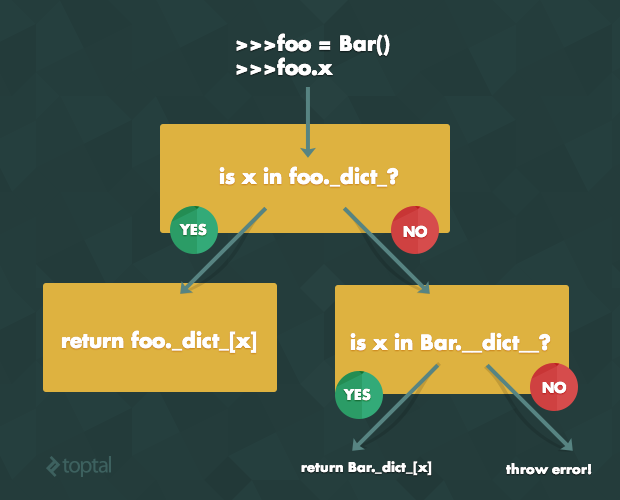Python Slots Class Attribute
- Python Set Class Attribute
- Python Class Add Attribute
- Python Slots Class Attributes
- Python Get All Class Attributes
- Python Get Attributes Of Class

last modified July 16, 2020
Unfortunately, it is widespread belief that a proper Python class should encapsulate private attributes by using getters and setters. As soon as one of these programmers introduces a new attribute, he or she will make it a private variable and creates 'automatically' a getter and a setter for this attributes. Similarly, slots classes are typically faster to work with. The following example measures the speed of attribute access on a slots data class and a regular data class using timeit from the standard library.
In this part of the PyQt5 programming tutorial, we explore events and signalsoccurring in applications.

Events in PyQt5
Python Set Class Attribute
GUI applications are event-driven. Events are generated mainly by theuser of an application. But they can be generated by other means as well; e.g. anInternet connection, a window manager, or a timer.When we call the application's exec_() method, the application entersthe main loop. The main loop fetches events and sends them to the objects.
In the event model, there are three participants:
- event source
- event object
- event target
Python Class Add Attribute
The event source is the object whose state changes. It generates events.The event object (event) encapsulates the state changes in the event source.The event target is the object that wants to be notified. Event source objectdelegates the task of handling an event to the event target.
PyQt5 has a unique signal and slot mechanism to deal with events.Signals and slots are used for communication between objects. A signalis emitted when a particular event occurs. A slot can be any Python callable.A slot is called when its connected signal is emitted.
PyQt5 signals and slots
This is a simple example demonstrating signals and slots in PyQt5.
In our example, we display a QtGui.QLCDNumberand a QtGui.QSlider. We change the lcdnumber by dragging the slider knob.
Here we connect a valueChanged signal of the slider to thedisplay slot of the lcd number.
The sender is an object that sends a signal. The receiveris the object that receives the signal. The slot is the method thatreacts to the signal.
PyQt5 reimplementing event handler
Events in PyQt5 are processed often by reimplementing event handlers.
In our example, we reimplement the keyPressEvent() event handler.

If we click the Escape button, the application terminates.
Event object in PyQt5
Event object is a Python object that contains a number of attributesdescribing the event. Event object is specific to the generated eventtype.
In this example, we display the x and ycoordinates of a mouse pointer in a label widget.
The x and y coordinates are displayd in a QLabelwidget.
Mouse tracking is disabled by default, so the widget only receives mouse moveevents when at least one mouse button is pressed while the mouse is being moved.If mouse tracking is enabled, the widget receives mouse move events evenif no buttons are pressed.
The e is the event object; it contains data about the eventthat was triggered; in our case, a mouse move event. With the x()and y() methods we determine the x and y coordinates ofthe mouse pointer. We build the string and set it to the label widget.
PyQt5 event sender
Sometimes it is convenient to know which widget is the sender of a signal.For this, PyQt5 has the sender method.
Python Slots Class Attributes
We have two buttons in our example. In the buttonClicked methodwe determine which button we have clicked by calling thesender() method.
Python Get All Class Attributes
Both buttons are connected to the same slot.
We determine the signal source by calling the sender() method.In the statusbar of the application, we show the labelof the button being pressed.
PyQt5 emitting signals
Objects created from a QObject can emit signals.The following example shows how we to emit custom signals.
We create a new signal called closeApp. This signal isemitted during a mouse press event. The signal is connected to theclose() slot of the QMainWindow.

Python Get Attributes Of Class
A signal is created with the pyqtSignal() as a class attributeof the external Communicate class.
The custom closeApp signal is connected to the close()slot of the QMainWindow.
When we click on the window with a mouse pointer, the closeApp signalis emitted. The application terminates.
In this part of the PyQt5 tutorial, we have covered signals and slots.